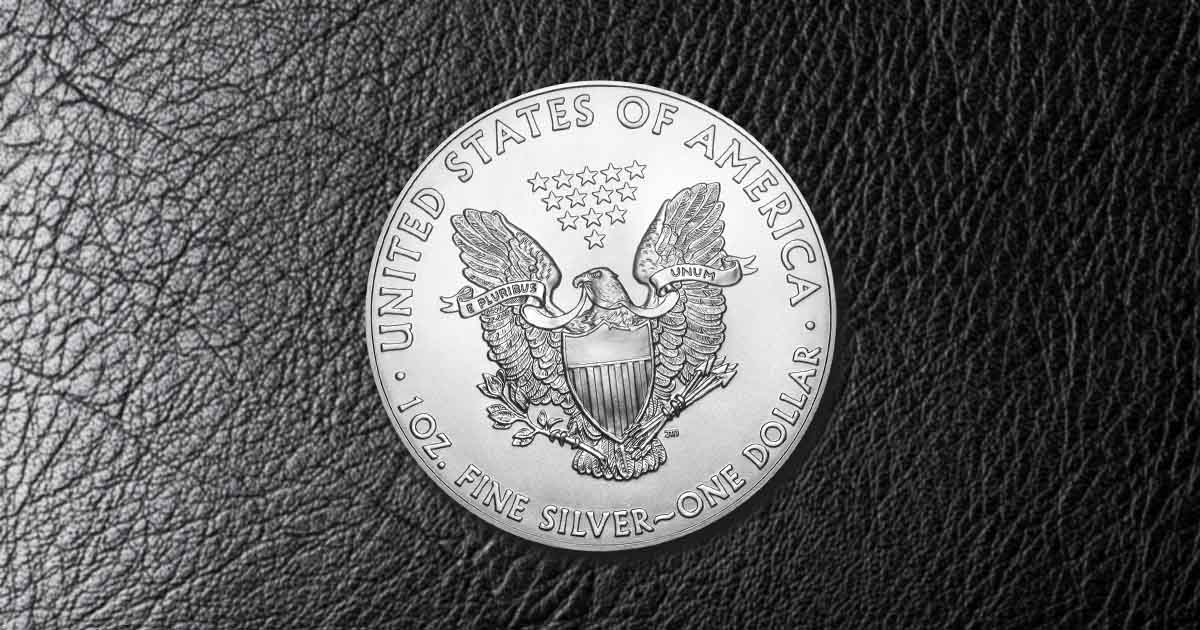
The heraldic eagle is a symbol that stands for power, leadership, and freedom that has been used on many U.S. coins. A heraldic eagle stands upright with wings outstretched in a posture that is ready to take flight or to defend itself.
The heraldic eagle has been associated with the United States since the early 1800s, but it has been used on coats of arms since heraldry began in medieval times.
History of the Heraldic Eagle on U.S. Coins
The heraldic eagle first appeared on United States coinage in 1776, on the Massachusetts copper cent. The Mint Act of 1792 mandated the presence of an eagle on the reverse of all United States gold and silver coins.
The act calls for a ‘representation of an eagle’ and does not specify that the eagle must be heraldic. Despite this, the heraldic eagle has been firmly ingrained in the collective consciousness of the nation and is depicted on many U.S. coins.
The Draped Bust Dollar Type II design featured a heraldic eagle, which replaced the scrawny eagle in 1798. Silver dollars featured heraldic eagles until the Peace Silver Dollar was issued in 1921, which depicts an eagle resting on a mountaintop.
Early dimes, like the Draped Bust, Capped Bust and Liberty Seated dimes depict heraldic eagles.
Of U.S. quarters, Standing Liberty is the only quarter dollar that does not feature a heraldic eagle and instead show an eagle in flight.
With the exception of Walking Liberty and Franklin half dollars, most U.S. half dollar coins depict a heraldic eagle.
American Silver Eagles bore a heraldic eagle from 1986 until the change to the Type II Silver Eagles in 2021, which now depict an eagle in flight.
International Varieties of Heraldic Eagles
Many nations use the heraldic eagle in their symbolism and imagery. Among these nations are Albania, Armenia, Austria, the Czech Republic, Liechtenstein, Montenegro, Poland, and Romania.
Some examples of the heraldic eagle you may have seen include the United States, Germany, and Russia.
The United States
The United States imagery of the heraldic eagle in its Great Seal features the eagle with 13 arrows in one talon and an olive branch with 13 leaves and 13 olives in the other talon. In its mouth is a banner that reads E PLURIBUS UNUM.
This symbolizes the original 13 colonies, desires for peace, and the capability of self-defense. The American depiction of the heraldic eagle is unique in that it features the bald eagle in a combination of natural depiction and traditional heraldic imagery.
Germany
The German heraldic eagle traces its roots to the Holy Roman Empire. The German eagle differs slightly from the heraldic eagle of the Holy Roman Empire in that it only has one head, and its one head looks left.
Russia
The Russian depiction of the heraldic eagle is of a golden eagle with two heads before a red background. There are three crowns above its head, and it holds a scepter and orb in its talons to symbolize state power and a unified Russia.
The heraldic eagle can be found on many coin designs used by the United States, on the Great Seal of the United States, and in many other places. In heraldry, the eagle signifies freedom, power, and leadership.
What is Heraldry?
Heraldic imagery is a system of symbols that provided a way for medieval princes and other nobility to identify themselves when they were otherwise unrecognizable while clad in full armor.
Heraldry is the practice of designing and displaying coats of arms and badges representing individuals, organizations, families, and nations. It dates to the mid-12th century when knights began wearing full armor.
A typical heraldic achievement (the full display of components which the bearer is entitled to) features a shield with a helm above it and a crest surrounded by twisted cloth forming the torse upon the helm.




